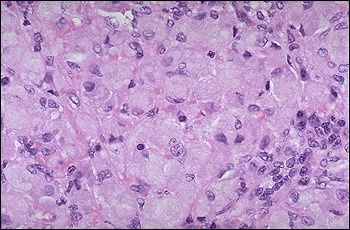What Causes It?
| Div | ||||||||||
|---|---|---|---|---|---|---|---|---|---|---|
| ||||||||||
|
...
The next question of course was "Why do some people make too little enzyme?" The answer to this question came in 1987, when the first gene mutation that causes Gaucher disease was discovered by Dr. Shoji Tsuji and coworkers.
Gaucher disease turned out to be an "autosomal recessive" genetic disease. This means that both of the glucocerebrosdiase genes a person inherits - one from the mother and one from the father -- must be mutated for the person to have the disease. A person with only one mutated gene is a carrier. A carrier of Gaucher Disease is not affected but can pass the trait on to his/her children.
...
In the early 1970s, Dr. Brady's group devised an enzymatic test based on the enzyme's activity to tell people if they were carriers or not, and a procedure for prenatal diagnosis. These tests give people information about their genetic status so that they can prepare for the future.
...


